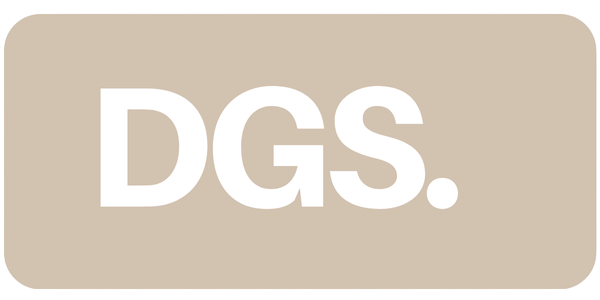As a freelance digital marketing expert and owner of Digital Growth Specialist, I’ve had the privilege of working with a variety of businesses to optimize their marketing strategies. One of the most impactful innovations in recent years has been the introduction of server-side tagging. Today, I want to dive into what it is, why it matters, and how it can transform your marketing efforts.
What is server-side tagging?
Simply put, server-side tagging involves transferring your tracking processes from the user’s browser to a secure server. This means that instead of tags (like Google Analytics or Facebook Pixel) firing on the client side (your customer’s device), they’re handled on the server side.
At first glance, this might seem like a minor technical adjustment, but the implications are profound. It’s a shift that offers greater control, improved performance, and enhanced data security.
The key benefits of server-side tagging
1. Enhanced data privacy
With the rise of GDPR and other data privacy regulations, businesses need to be more conscious than ever about how they handle customer data. Server-side tagging minimizes the risk of unauthorized data access by reducing reliance on third-party scripts. This means better compliance and greater trust from your customers.
2. Improved data accuracy
Browser-based tracking is increasingly unreliable due to ad blockers, browser restrictions, and cookie consent pop-ups. Server-side tagging bypasses many of these challenges, ensuring that you’re collecting more accurate and complete data.
When I worked on a project for Neofollics, a hair growth company (featured in this AdPage use case), accurate data was critical to measuring campaign success. Using advanced tracking strategies, we ensured every touchpoint was captured effectively, leading to better insights and decisions. Server-side tagging takes this level of precision even further.
3. Better advertising performance
Accurate data is the backbone of successful advertising campaigns. Server-side tagging provides a clearer picture of customer behavior by reducing data gaps and discrepancies. This means your ad platforms, like Google Ads or Facebook Ads, can make better optimization decisions, leading to improved performance.
When you measure more data points, machine learning algorithms used by advertising platforms can learn faster. This results in more effective targeting, improved ad relevance, and ultimately higher ROI. For example, by capturing a complete dataset, you can better understand which touchpoints contribute to conversions and allocate your budget more efficiently.
4. Faster website performance
Every script that fires on a user’s browser adds load time to your website. By moving tags to the server side, you can significantly reduce this burden, leading to a faster, smoother user experience. Speed matters — not just for SEO but also for conversion rates.
5. Future-proofing your strategy
The digital landscape is shifting rapidly, with increasing restrictions on third-party cookies and evolving browser policies. Server-side tagging positions your business to adapt to these changes without compromising data quality or marketing performance.
How to get started with server-side tagging
Implementing server-side tagging might seem daunting, but the results are well worth the effort. Here’s how to approach it:
Assess your needs: Understand your current tracking setup and identify areas for improvement. For example, if you’re struggling with data loss due to ad blockers, server-side tagging can be a game-changer.
Choose the right tools: Platforms like Google Tag Manager (GTM) offer server-side tagging options, making the transition smoother. You’ll need a cloud-hosted environment to set up your server container.
Collaborate with experts: If you’re new to this, don’t hesitate to bring in a professional. As a digital marketing specialist, I’ve guided several businesses through this transition, ensuring a seamless and effective implementation.
Test and optimize: Like any new system, server-side tagging requires ongoing monitoring and optimization. Regular testing ensures that your data remains accurate and actionable.
Why is matters for your business
we rely on data to make informed decisions for our clients. Server-side tagging isn’t just a technical upgrade; it’s a competitive advantage. It allows us to deliver more precise insights, protect client data, and stay ahead of industry changes.
For instance, when I collaborated with Neofollics, the ability to accurately track conversions and user behavior was essential to proving ROI. By integrating advanced tracking methods, we maximized their ad spend efficiency. Server-side tagging is the next step in this evolution, offering even greater potential.
